Antique Hoosier
“Aircooled”
Bong,..... Ralph Nader wants his Corvair seat belt collection back
(and what is the 7 day set perched in the photo????????)

(and what is the 7 day set perched in the photo????????)

Jay, I don't know the answer, but based on feel. I don't think so. The webbing is very smooth and slick.
Mike the 7 day set is a set of schulze razors I picked up about a month ago. It was missing one razor but I had a schulze in my possession already that matches the set pretty well. One of these days I think I'll start a "show us your 7 day sets" thread

I gave it ago on linen, and on leather used about a 1/4 of the bottle. I took a few microscope pictures and also used my other scope for honing. I found that it is a decent cutter and not as fine or as fast as .25 diamond. I spent about 4 hrs on experimenting. From diamond to this, from chome to this, and fresh off a 10k naniwa chosera you name it. It did seem to smooth out the edge a touch but in return it was less sharp than the diamond but not by much. This is not to say that the diamond is not smooth. All in all its smoother than diamond and almost as sharp but not quite. For the cost I much prefer diamond or .3 micron chome ox. I dont heavily rely on microscopes alone. Ive found that the way a razor cuts some arm hair can tell you alot. These are just my personal thoughts and my findings YMMV

Ambrose, you troublemaker!!
Interesting results. Did you notice any difference in the scratch pattern between 0.125u CBN and the 0.25u diamond?

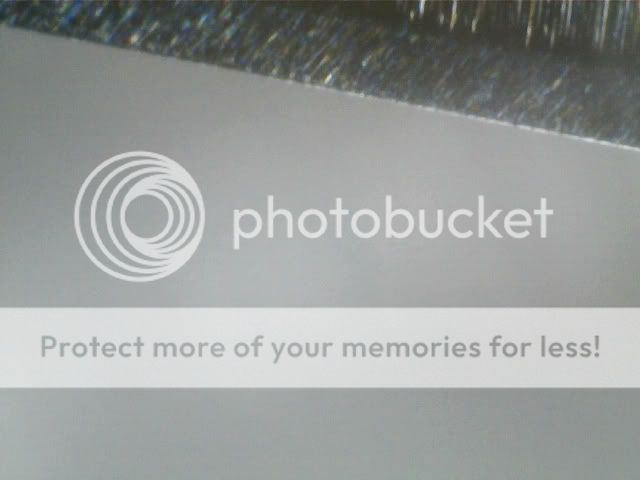
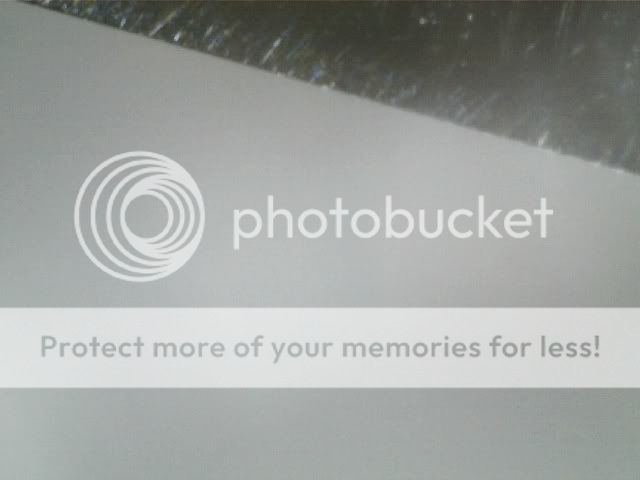
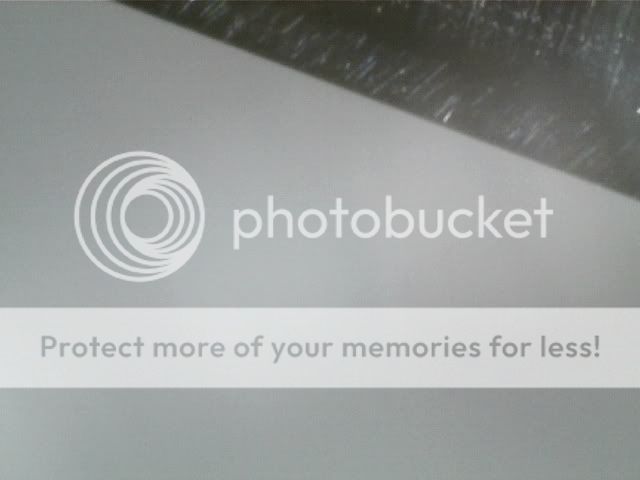

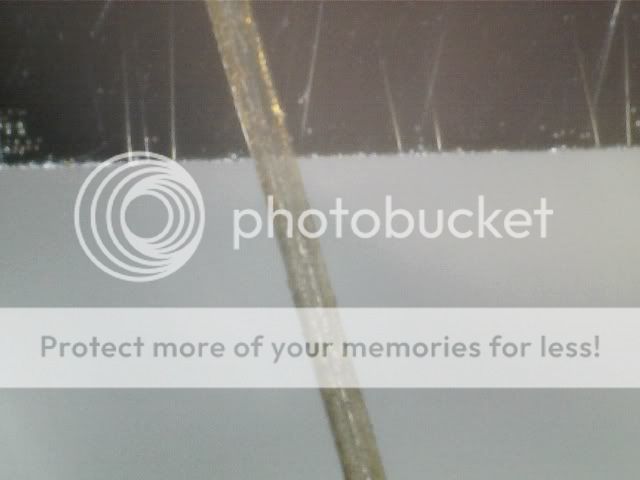

Ambrose - can you try the CBN on a piece of balsa, too? That would give a well rounded review of a single user using different mediums.


Another miracle spray? lol
I'll just stick with Slick 50.
cityjim


Another miracle spray? lol
I'll just stick with Slick 50.
cityjim
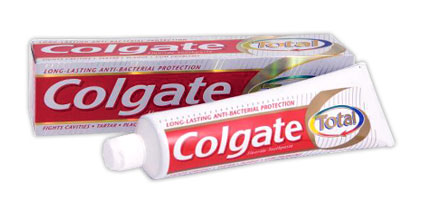
I thought this was your favorite paste

Jose, what are those horizontal lines on the 4th pic down labeled " same blade to diamond" are those just lines left over from wiping the edge down?

Richard, are you doing these visible inspections by eye, using a loupe or via microscope? I don't see any jaggedness via eye or my 10 coddiington lens, I don't have a real stereoscope, just a 10 dollar handheld radio shack/ ebay scope.
I was pretty happy with the .125CBN on nylon webbing. I didn't think it was rough at all, but then again, I didn't think the .5 Diamond spray was harsh either.
Today I'm gonna try the .125 on Balsa to see if I can tell a difference between the balsa and the nylon webbing.
I used to be a Japanese naturals guy until I looked under the scope.